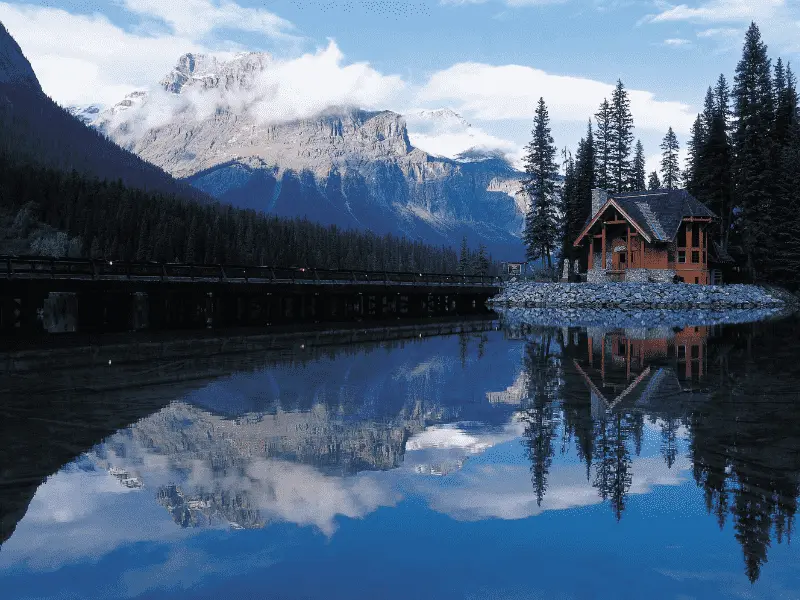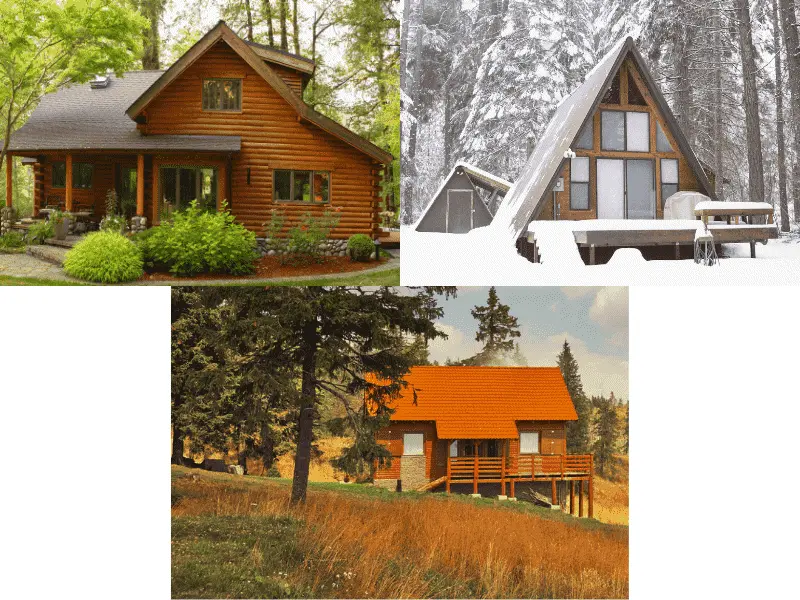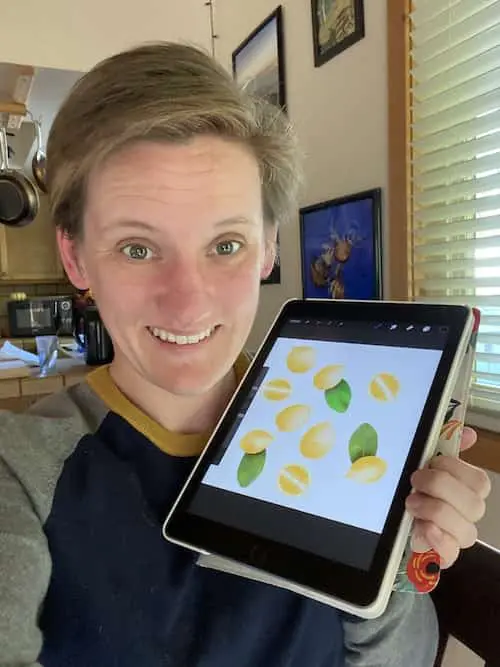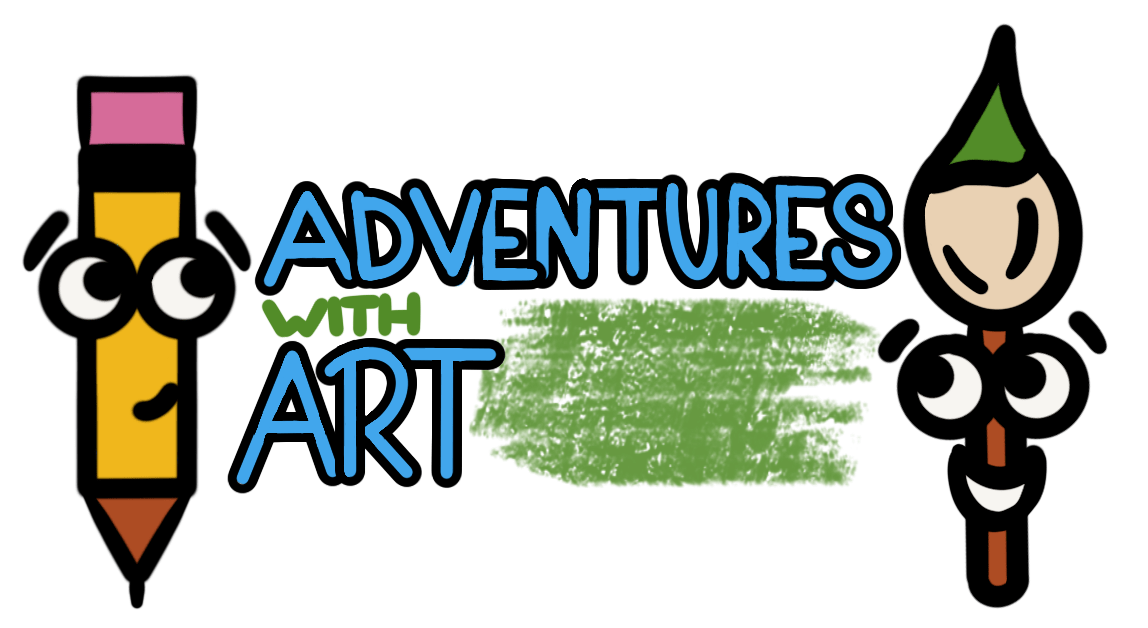Drawing from reference falls into a sticky territory. Is it bad? Is it cheating? Is it actually helpful? There’s a common misconception that drawing from reference is the same as copying, but it’s not. In fact, you could end up with a very original and unique piece, even after using a reference photo. Drawing from reference is not only helpful, it’s often necessary.
Drawing from reference helps because it gives our minds real-world objects to model off of. It’s important that a reference photo serves as inspiration, and is not something that we copy stroke for stroke. When using references in that way, they can be very helpful for making true to life drawings.
For some reason, drawing from imagination has turned into the gold standard, while using reference photos has gotten a bad rap. This is REALLY unfortunate. There’s nothing wrong with using reference photos and, if artists were to answer honestly, I would bet that most artists use them.
Let’s dive into how you can use reference photos to help with your own drawing and why our imaginations often lead us astray.
Drawing From Reference Helps Us Remember Details
When we draw from reference, we don’t need to rely on our brains to remember all of the details of an object, person, or scene. We can use reference photos as a way to refresh our memories of how things look, especially things that we don’t experience regularly.
Memory is an interesting thing. If you think back to a favorite memory, I bet you can’t recall every single detail. Even the most important memories of our lives seem to fade overtime.
Now, try to remember something you’ve never actually experienced or seen in real life before? That doesn’t even sound possible. How can you use your memory to recall something you’ve never seen? Without a reference? Well, if you’re trying to draw a dragon, castle, bigfoot, or something else you’ve never seen, your memory tries to stitch together all of the renditions you’ve seen of it in the past.
And suddenly, you’re relying on your imagination, which is a big problem from a drawing perspective. This is why it can be so hard to learn to draw.
Why is Drawing From Imagination So Hard?
Drawing from imagination is hard because our imaginations don’t always work in as much detail as needed to draw an object, scene, or person in completion. It’s common to forget how certain shapes are formed, what shadows are needed, and how everything fits together solely from imagination.
When we daydream, imagine, agonize over future plans, and even remember past memories, we don’t see a play by play like we do in the movies. Instead, we see abstract forms and figures that don’t have all of the details we’d expect if we were to see something in real life.
Don’t believe me? Let’s give it a try.
Imagine a log cabin with a reflective river in front of it. In the river, you can see the reflection of the snow capped mountains standing behind the cabin.
Can you imagine the cabin in enough detail to sketch it properly? Can you tell how the mountains reflect on the river? How about the shadows, highlights, and colors?

And here’s the kicker. We all fall into the trap of thinking, “oh, yeah, I’ve got it. I can draw that from imagination in no time.”
Then, we actually start drawing and realize how many details we’ve missed. I have done this HUNDREDS of times, and I know it isn’t just me. It’s the artist’s plight.
So, how do we account for all of the artists who CAN draw from imagination?
This is when we pull from experience. If I’ve drawn a horse 40 times, I can probably draw it from imagination on the 41st try. I’ll also get close with a mule, donkey, zebra, or pony.
Once I’ve practiced enough, I can more so rely on my imagination because my brain already knows what it’s doing. It knows the anatomy of a horse and how it needs to be manipulated to achieve certain positions.
This is why so many experienced artists appear to draw well from imagination. But, the reality is, they’ve actually practiced a lot. I’ll bet you anything that they didn’t draw the human figure from imagination on the first try.
No, they probably studied reference images to understand the proportions of the human body and where everything belongs. Even though we all look at people every day, it’s different when you sit down to draw one and need to suddenly think about how the size of the head relates to the size of the shoulders. This is why reference images are so helpful.
Once an artist has practiced drawing humans for long enough, it becomes easier to draw it from imagination without reliance on examples and images.
Reference photos are an extremely important and helpful way for artists of all ages and experience levels to learn. Unfortunately, they’ve gotten a bad rap that they don’t deserve.
Drawing From Reference is Not the Same as Copying
Drawing from reference is about using an image for inspiration, not copying it stroke for stroke. Reference images are important for making sure that objects, people, buildings, and more are drawn accurately and in proportion.
The purpose of reference photos is to fill in the gaps of what our imaginations fail to provide. It’s not about copying every single brush stroke, but about remembering how things are constructed.
Let’s go back to our cabin scene again and think about what your imagination told you about how that scene looked.
Now, look at this picture.

While all of us imagined different cabin scenes, there are some things that are consistent. We all imagined cabins that likely had 4 walls and a roof. We all imagined rivers with reflective surfaces. We all imagined mountains with snow capped peaks.
These are complex things that have similar properties to them. All buildings need to be drawn in perspective in order to look realistic; all reflections and water features need to be shaped in certain ways in order to pull off the desired effect; all mountains are basically built in the same way.
No matter our individual visions, these are universal skills that we all need to master in order to have our cabin scenes come to life.
Using a reference image will help us solve that puzzle and learn the drawing skills necessary to build a realistic looking scene. There’s no need to copy the scene to a T. In fact, our end result may turn out to be completely different than the reference image we’re using. But, that cabin will be more realistic and structurally sound than if we had simply relied upon our imaginations; our reflections will actually look like reflections; and our mountains will be majestic.
Reference photos are not about copying; they’re about studying the world around us and learning how to draw it.
Here’s another argument for reference photos.
Have you ever heard of someone criticize an artist for setting up their easel in nature and painting the landscape in front of them? I haven’t.
At the end of the day, what if the artist takes a picture of the scene so they could continue working on their painting at home? Technically, they’re now working from a reference photo. Is that bad? I don’t think so.
Honestly, drawing from imagination is overrated. Yes, it’s a sign of experience and practice, but it’s not the gold-standard we make it out to be. This also means that drawing from reference photos isn’t on the same playing field as copying. All artists need reference photos in order to accurately depict the real world in their art.
Let’s get rid of the stigma surrounding reference photos and realize that drawing from reference photos is helpful for building our skills and creating beautiful art.
How to Use Reference Photos in the Most Helpful Way
To use reference photos in the most helpful way, make sure to have two or three photos of every element you’re drawing. That way, you’ll be able to see things from different angles and truly gain an understanding of how it’s built.
For example, if I’m drawing a cabin scene, I will find two or three pictures of cabins. I’ll try to find pictures that show me different angles, different shadows, and different colors. That way, I have a lot of inspiration to draw from. I also have a lot of information to study.

If I’m drawing my own cabin and struggling with aligning the corners, I can study each photo to see how each cabin manages its corners. I won’t be reliant on only one photo that may not give me a clear indication of how the structure is built.
Instead, I can look at all three photos and see if I can determine any similarities in how all of them are built. Is there something universal I can discover about cabin corners that I can carry with me into my own cabin drawing, and all drawings of buildings in the future?
In the future. That’s the point. When using reference photos, the goal isn’t just to create the current drawing in front of us, but to also learn new skills that will make us better artists overall for many drawings to come.
When you use reference photos, see it as a learning opportunity. If you do, you’ll find that reference photos are extremely helpful and a great way to become a better artist.

Diana has been an artist for over 27 years and has training in drawing, painting, digital drawing and graphic design. Diana’s latest obsession is digitally drawing with Procreate and Procreate Dreams. Diana has experience selling her art across a number of platforms and loves helping other artists learn how to make money from their art as well.
